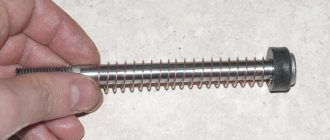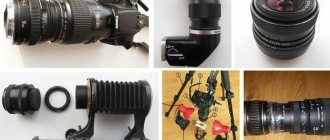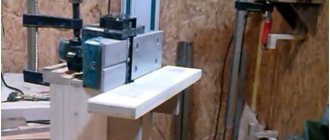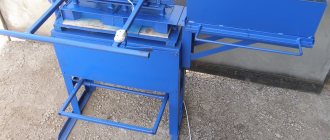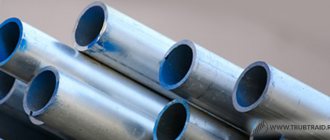Good afternoon, dear readers. Today in our issue there is a manual called: How to make problems for yourself for a couple of evenings, or how I changed one gasket.
What happened was that the gasket in the rear part of the muffler burned out or became leaky. Between the pipe and the muffler itself. And it was decided to change it ourselves - it’s interesting.
1. Drive the car onto the overpass and unscrew the 2 bolts with springs.
Bolts connect these 2 parts. In theory, this is where the story should have ended. supposedly unscrewed, replaced, tightened. But it was not there.
2. Buy 4 new original bolts and springs.
Considering that I would like to replace the front gasket, and there are the same 2 bolts as in the rear, I decided that most likely they are in the same condition and I need to order all 4 bolts.
3. Remove the muffler and try to remove the rest of the bolt.
I must admit that the second bolt came off much easier. And it didn't even break. But we change it anyway. The muffler hangs on 3 rubber pads and is screwed to only one. The remaining 2 are just inserted. Plus 2 bolts to the pipe. That's all. We unscrew it, coat everything with WD, remove it, and pull it out from under the car.
4. Remove the old gasket.
And here another interesting discovery awaited me: the old gasket had become one piece with the muffler pipe... That is, it was no longer completely removed, but crumbled and I had to cut it off with a knife into small layers and pieces. Well, plus pliers and all sorts of files were used along the way.
5. put a new gasket in place of the old one.
Not without adventure either. The new gasket was original. Mitsubishi, that's it. But she refused to fit onto the pipe... I had to use a file to slightly reduce the diameter of the pipe and increase the inner diameter of the gasket. And still she stood up with a slight distortion.
6. Put the muffler in place.
Once again: the muffler hangs on 3 elastic bands, into which it is inserted with pins with a cap at the end. In order to put it on the first elastic band, we used a WD. It doesn’t help much due to the large diameter of the cap and the process of “sticking” one into the other involves noticeable labor costs and with a high probability of literally tearing this elastic band. Didn't remind you of anything?
